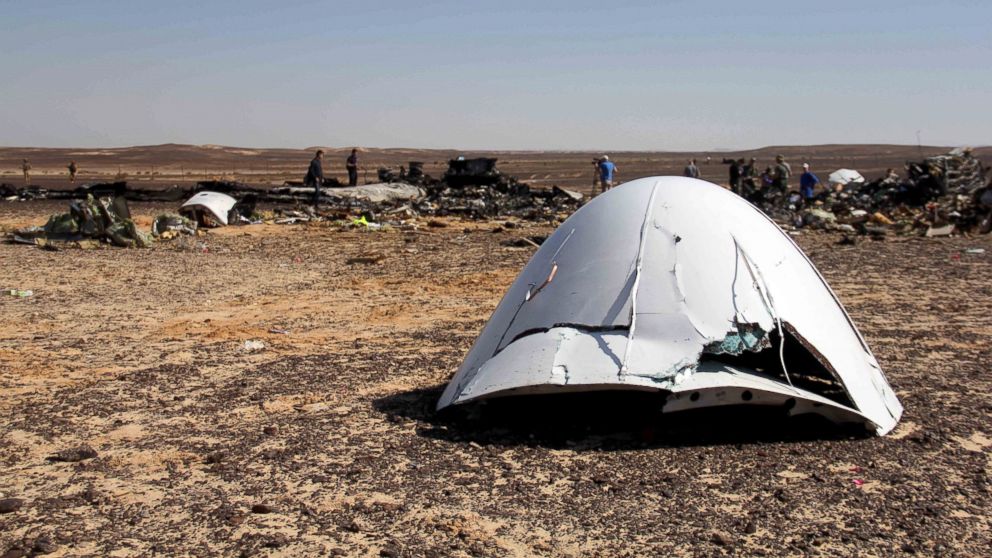Stock markets in Europe are mixed, while US futures are edging lower on Thursday, as uncertainty remains around Russia’s intentions in Ukraine.
It’s been a rather strange week that started with warnings of an imminent invasion – repeatedly denied by Russia – followed by claims of troops withdrawing following the completion of planned drills which has since been rejected by Ukraine and NATO, who have instead insisted that numbers are rising, not falling. It’s no wonder investors don’t know which way to turn.
Clearly, tensions are going to remain until we see a confirmed and substantial reduction of troops at the border but rather than abandon risk as they did late last week and early this, investors seem comfortable sitting on the fence. Of course, that could change if we see any escalation or as we head into the weekend if we have no further clarity.
The West remains convinced that an invasion remains highly likely and that flare-ups in Eastern Ukraine between Russian-backed separatists and Ukrainian forces could be used to justify crossing the border. Whether the intelligence is trustworthy or hysteria, as Russia has labelled it, will soon become clear but in the interim, efforts towards a diplomatic solution continue which will keep investors on edge.
Fed minutes offer little insight into March hike
Inflation remains the key focus for investors as they navigate a tightening environment like no other. The pandemic has delivered widespread price pressures that have lasted longer and far exceeded expectations. Central banks have been forced into action while markets continue to price in more and more hikes this year.
The Fed minutes on Wednesday offered little new information on that front and anything in them that came across as potentially less hawkish is probably out of date by now. The central bank will kick off its tightening cycle next month and a number of consecutive hikes will likely follow. Whether they’ll kick things off with a 50 basis point hike isn’t yet clear and will depend on the data in the coming weeks but there doesn’t appear to be consensus for it yet, despite markets pricing in a fair chance of it happening.
Lira steady as CBRT leaves rates unchanged
The lira continues to trade in a relatively tight range after the CBRT left the repo rate unchanged at 14% for the second consecutive meeting. A series of rate cuts late last year triggered a collapse in the currency and sent inflation soaring – reaching 48.7% in January – as President Erdogan imposed his unconventional beliefs on the supposedly independent central bank. The stability in the currency has come as the central bank has paused its easing cycle while it conducts a comprehensive review of its policy framework. What the outcome of the review will be is anyone’s guess given how the central bank has behaved under the “leadership” of Governor Şahap Kavcıoğlu.
Oil slides as US and Iran near nuclear deal
There’s no shortage of volatility in the oil market at the moment, with multiple forces combining to create very lively conditions. The market is obviously extremely tight which is why we’re seeing some large moves on a daily basis and the price could already be in triple-figure territory if not for the nuclear talks between the US and Iran.
And it’s this that’s driving the declines today, with reports suggesting an agreement is days away. That would be huge as it could mean around 1.3 million barrels per day of crude quickly re-entering the market and easing some of those supply-side pressures. You can imagine the US has been very motivated to get this deal over the line ahead of the midterms later this year, given how ineffective its last efforts were to bring prices down.
Gold still has plenty of appeal
Gold is continuing to rally amid all the geopolitical uncertainty. Not only do the events on the Ukrainian border have investors seeking out safe-havens, but it also offers inflation protection at a time of surging prices and the prospect of higher oil and gas prices, if Russia does invade.
The latest move has seen gold hit its highest level since mid-June and there still appears to be momentum in the move so we could see $1,900 tested. That’s the next big test for the yellow metal and a big escalation in Ukraine could be the catalyst for such a move.
Bitcoin struggling at key resistance
Bitcoin is almost 2% lower on Thursday, appearing to lose a little momentum on approach to $45,500, a major barrier of resistance. It has shown real resilience in recent weeks but is struggling to generate the momentum needed to take the next step. The uncertainty in the markets probably isn’t helping, although it hasn’t held it back recently. A break above here could be a very bullish development for bitcoin.






































